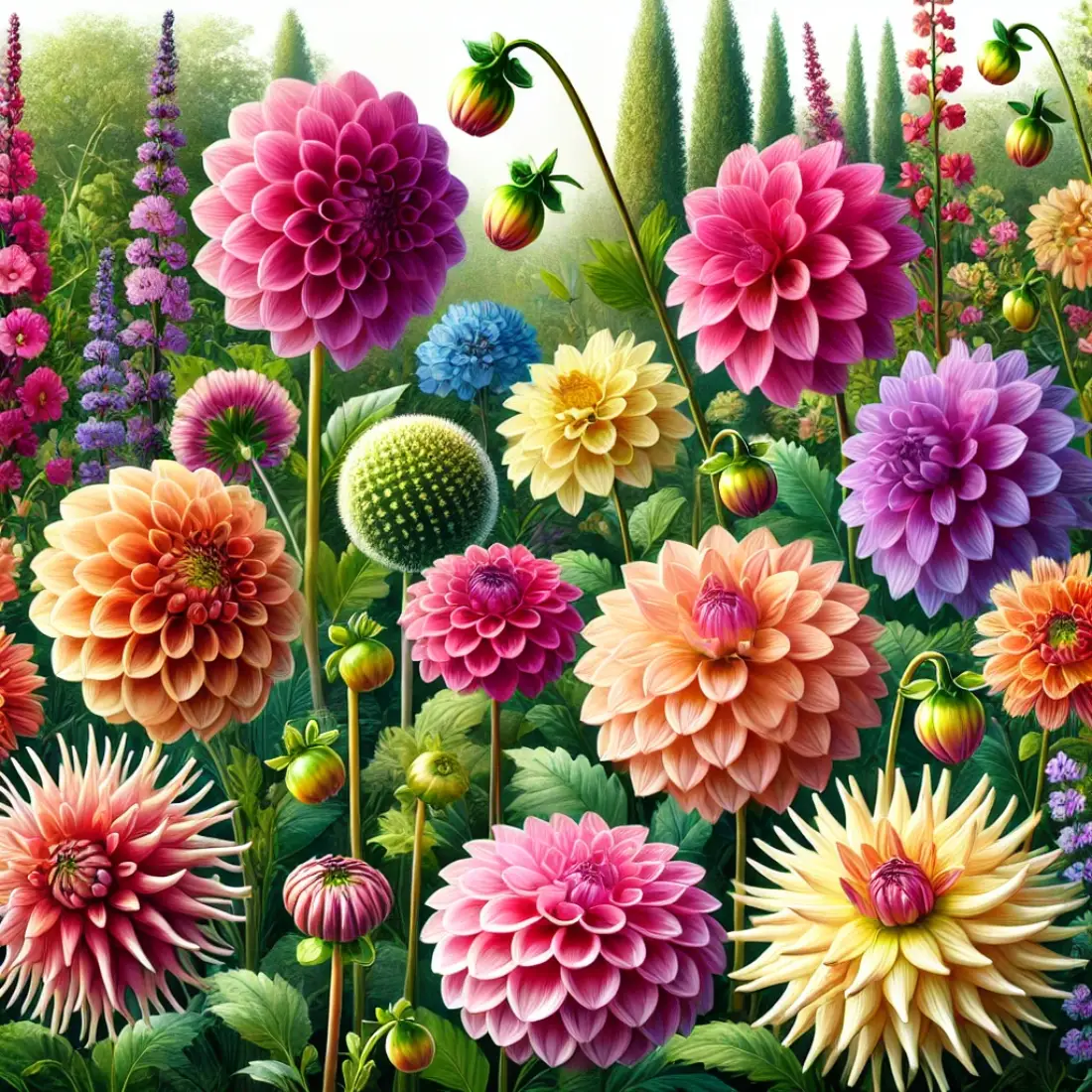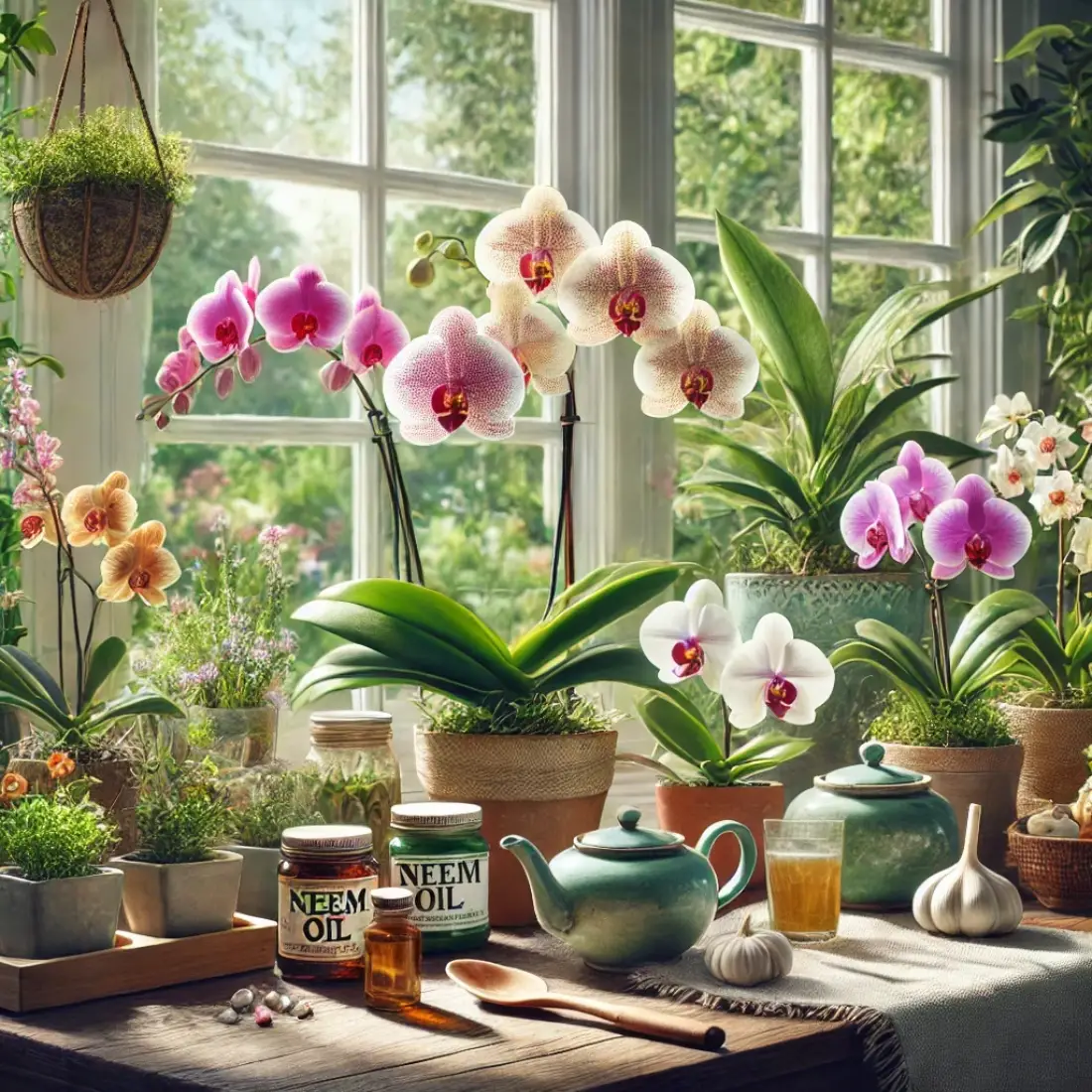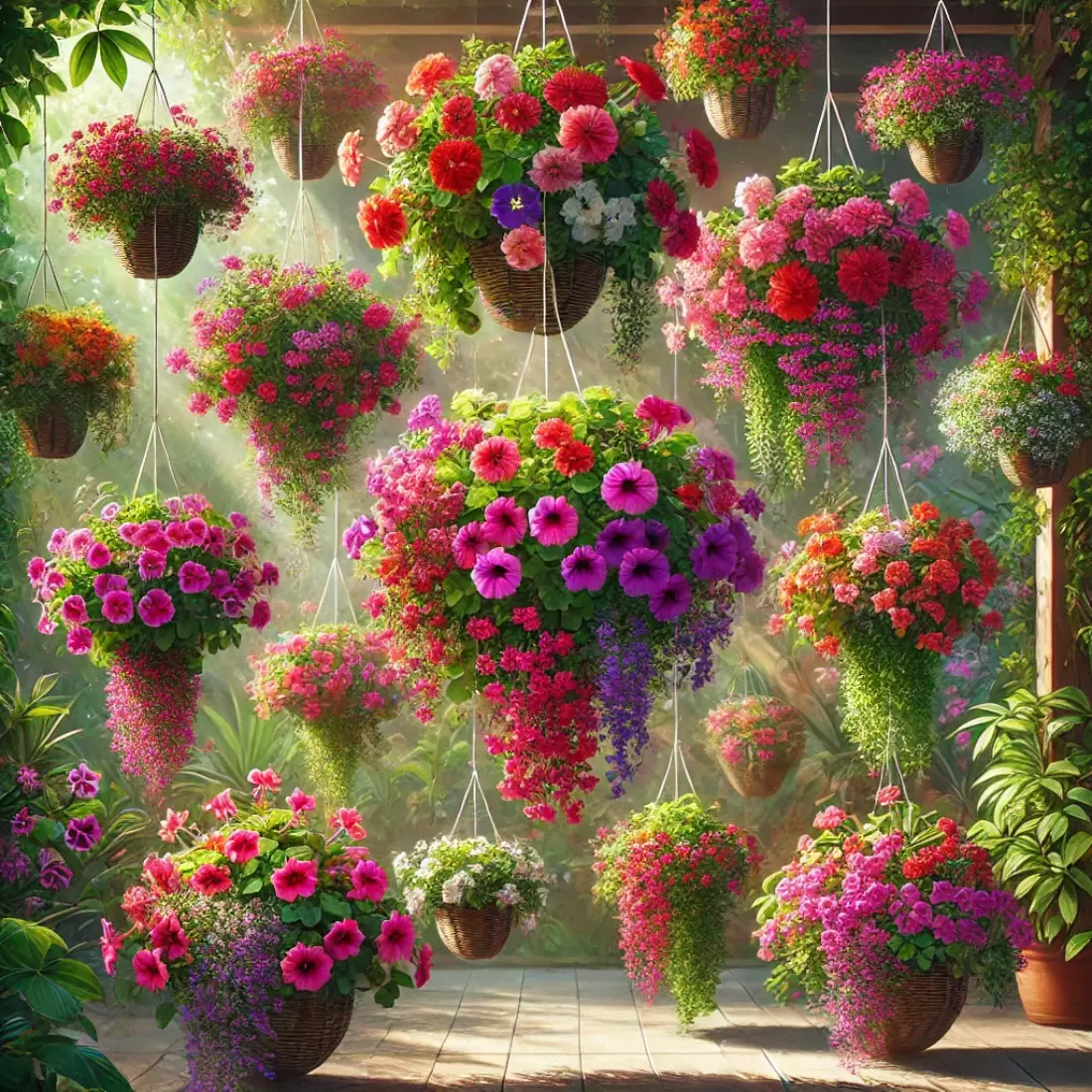Dahlias are perennial flowers, native to Mexico, thrive in a range of climates and can be grown successfully with proper care. Caring for dahlias involves understanding their specific needs, from planting and watering to fertilizing and pest management. Proper dahlia care not only ensures healthy plants but also promotes abundant and prolonged blooming throughout the growing season.
- Proper Planting: Plant dahlia tubers in well-drained soil with plenty of sunlight for optimal growth.
- Watering Needs: Ensure consistent moisture by watering regularly, but avoid waterlogging.
- Fertilization: Use balanced, organic fertilizers to nourish dahlias throughout the growing season.
- Pruning and Deadheading: Regularly prune and deadhead to encourage continuous blooming.
- Pest and Disease Control: Monitor for common pests and diseases, using organic methods for prevention and treatment.
- Winter Storage: Dig up and store tubers properly to protect them during winter months.
- Support Structures: Use stakes or cages to support tall dahlia varieties and prevent bending or breaking.
Varieties and Their Characteristics

Dahlias come in a wide range of varieties, each offering unique beauty and charm. Popular types include:
- Decorative Dahlias: Known for their large, full blooms with flat petals, ideal for stunning garden displays.
- Cactus Dahlias: Featuring spiky, narrow petals, these dahlias add a dramatic flair.
- Pompon Dahlias: Compact, ball-shaped flowers perfect for borders and arrangements.
- Dinner Plate Dahlias: Renowned for their massive blooms, often reaching over 10 inches in diameter, making a bold statement in any garden.
- Single Dahlias: Simple, daisy-like flowers with a single row of petals, attractive to pollinators.
Proper Planting
Planting dahlias correctly is crucial for their healthy growth and abundant blooms. Begin by choosing a sunny spot with well-drained soil. Dig a hole about 6-8 inches deep and place the dahlia tuber horizontally with the “eyes” facing up.
Cover the tuber with 2-3 inches of soil, and as the plant grows, fill in the rest. Space the tubers 18-24 inches apart to allow for proper air circulation. Water the soil thoroughly after planting, but avoid soaking it. Mulch around the base to retain moisture and suppress weeds.
Watering Needs
Proper watering is essential for healthy dahlias. Water deeply and regularly, providing about 1 inch of water per week, especially during dry spells. Ensure the soil remains consistently moist but not waterlogged to prevent root rot.
Early morning watering is best to allow foliage to dry throughout the day, reducing the risk of fungal diseases. Mulching around the base helps retain soil moisture and maintain a stable temperature. Be cautious not to overwater, as dahlias are susceptible to rot in overly wet conditions. Adjust watering frequency based on rainfall and soil drainage.
Organic Fertilization
Fertilizing dahlias organically promotes vigorous growth and abundant blooms. Start by incorporating compost or well-rotted manure into the soil before planting. This enriches the soil with essential nutrients and improves its structure.
Once the plants are established, use a balanced organic fertilizer, such as a 5-5-5 (N-P-K) mix, every 3-4 weeks during the growing season. Liquid seaweed or fish emulsion can also be applied as a foliar spray or soil drench for additional nutrients.
Avoid over-fertilizing, as too much nitrogen can lead to lush foliage with fewer flowers. Regular organic feeding ensures healthy, vibrant dahlias.
Pruning and Deadheading Dahlias
Pruning and deadheading dahlias are essential for promoting continuous blooms and maintaining plant health. Prune your dahlia plants by removing weak or overcrowded stems to improve air circulation and sunlight exposure.
Regularly deadhead spent flowers by cutting the stem just above a leaf node, which encourages new blooms and prevents the plant from expending energy on seed production. Use clean, sharp tools to make precise cuts, reducing the risk of disease. Proper pruning and deadheading will result in a more vigorous and floriferous dahlia plant.
Supporting Dahlia Plants
Supporting dahlia plants is crucial due to their tall, heavy blooms. Use stakes, cages, or trellises to keep them upright. Insert stakes at planting time to avoid damaging roots later. Secure stems loosely with garden twine as they grow, ensuring they remain supported but not constricted.
Regularly check ties and adjust as needed to accommodate growth. Proper support prevents breakage from wind and rain, ensuring healthy, strong dahlia plants that can display their vibrant flowers without the risk of damage.
Dealing with Pests and Diseases
Maintaining healthy dahlia plants involves proactively managing pests and diseases organically. Common pests include aphids, slugs, and spider mites. To control aphids, spray a mixture of water and a few drops of dish soap, or introduce beneficial insects like ladybugs.
Slugs can be deterred by placing crushed eggshells or diatomaceous earth around the base of the plants. For spider mites, regularly mist plants with water and encourage natural predators like predatory mites.
To prevent diseases such as powdery mildew and fungal infections, ensure good air circulation by spacing plants appropriately and avoiding overhead watering. Remove and dispose of infected foliage promptly.
Use neem oil or a homemade solution of baking soda and water as a preventative measure. Additionally, rotating crops and practicing good garden hygiene, such as cleaning tools and removing debris, will help keep your dahlias healthy and thriving without the use of harmful chemicals.
Overwintering Dahlia Tubers
Overwintering dahlia tubers is essential to protect them from frost and ensure vibrant blooms the following year. Begin by cutting back the foliage to about 4-6 inches after the first frost blackens the leaves. Carefully dig up the tubers using a garden fork, avoiding damage.
Gently shake off excess soil and allow the tubers to dry in a cool, dry place for a few days. Once dry, remove any remaining soil and trim away any damaged parts. Dust the tubers with sulfur powder to prevent rot and mold.
Store the tubers in a breathable container, such as a cardboard box filled with peat moss, sawdust, or vermiculite, to keep them dry and insulated. Place the container in a cool, dark, frost-free location, ideally between 40-50°F (4-10°C). Check periodically for signs of rot or dehydration, and replant the tubers in spring after the last frost.
FAQs about Growing and Caring for Dahlias
What is the best time to plant dahlias?
The best time to plant dahlias is after the last frost in spring when the soil has warmed to at least 60°F (15°C).
How often should I water my dahlias?
Water dahlias deeply once or twice a week, ensuring the soil stays moist but not waterlogged. Avoid overhead watering to prevent fungal diseases.
Can dahlias be grown in containers?
Yes, dahlias can be grown in containers. Use a large pot with good drainage and fill it with rich, well-draining soil. Regular watering and feeding are essential.
How do I protect my dahlias from frost?
Before the first frost, cut back the foliage and dig up the tubers for storage. In mild climates, mulch heavily to protect the tubers left in the ground.
What should I do if my dahlias are not blooming?
Ensure they receive full sun, and proper watering, and are not over-fertilized with nitrogen. Deadhead spent blooms and check for pests or diseases that might hinder flowering.
How can I prevent pests on my dahlias?
Use organic methods like neem oil, insecticidal soap, or introducing beneficial insects. Regularly inspect plants and remove pests by hand if necessary.
Do dahlias need to be staked?
Yes, tall dahlia varieties need staking to support their heavy blooms. Insert stakes at planting time and tie the stems loosely as they grow.
How do I store dahlia tubers over winter?
After the first frost, dig up the tubers, clean off excess soil, and let them dry. Store them in a cool, dark, and dry place in a breathable container with peat moss or vermiculite.
What type of soil is best for dahlias?
Dahlias thrive in well-draining, fertile soil with a pH between 6.0 and 7.5. Amend the soil with compost or organic matter before planting.
How can I encourage bushier growth in my dahlias?
Pinch out the growing tips when the plants reach about 12 inches in height. This encourages the plant to produce more branches and, consequently, more blooms.










